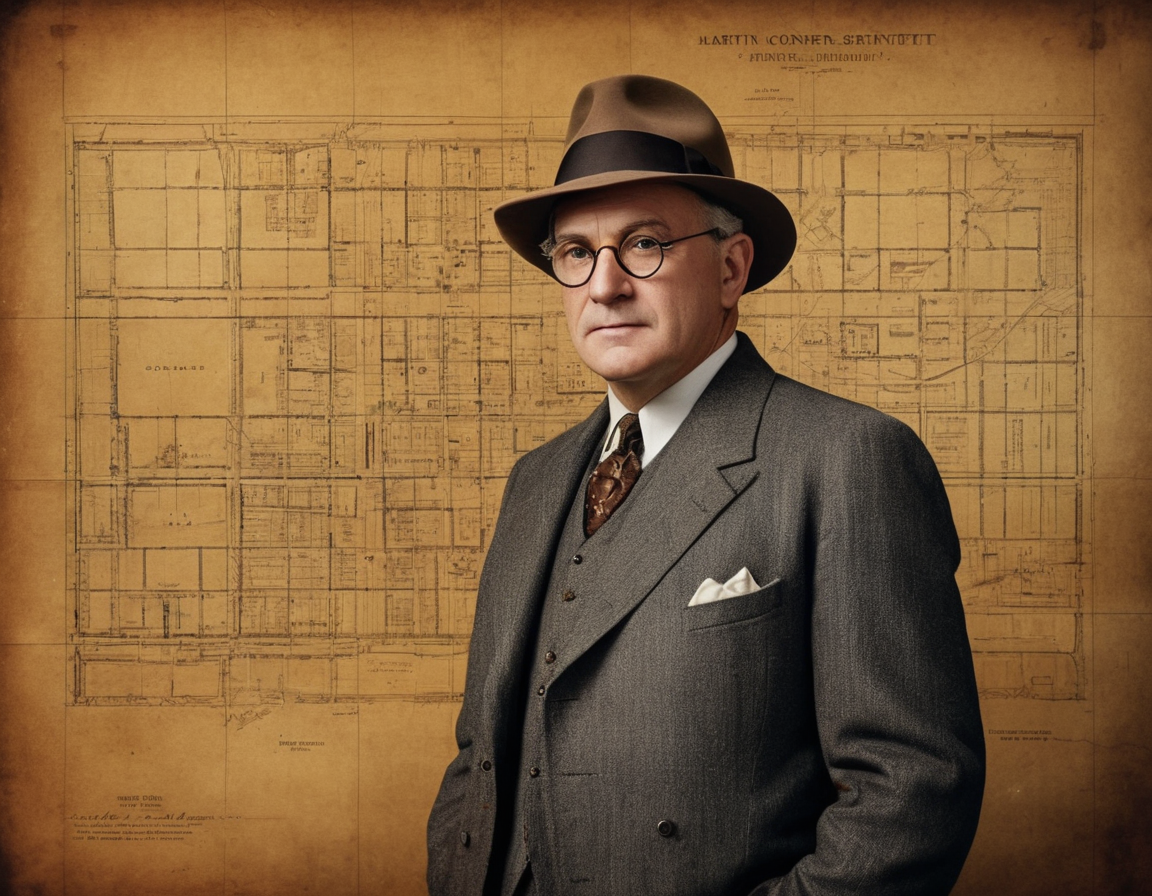The Art of City Planning: Remembering Martin Sennett Conner and His Contributions
The Visionary Legacy of Martin Sennett Conner
Martin Sennett Conner was a pivotal figure in American political history, serving as the Governor of Mississippi from 1932 to 1936. Conner’s work, particularly in city planning and development, left an indelible mark on the urban landscapes of the United States. As we delve into his life’s work, we uncover the timeless principles of urban planning that continue to shape our cities.

Early Years and Political Ascent
Born in Hattiesburg, Mississippi, Conner’s career was marked by a passion for education and public service. His early work as a teacher and lawyer foreshadowed his inclination towards civic duty.
Conner’s City Planning Principles
Conner championed several key principles in city planning: sustainable growth, community-centric public spaces, and infrastructure development geared towards economic resilience. His foresight can be seen in the careful balance between conservation and development in Mississippi’s urban centers.

Conner’s Enduring Influence
Today, Conner’s contributions resonate in the evolving field of urban development. His vision for harmonious cityscapes serves as a cornerstone for modern planners and policymakers.
Conclusion
As we reflect on the life and legacy of Martin Sennett Conner, it becomes clear that his work was not only about constructing buildings and roads but also about shaping communities. His imprint on urban development remains relevant, reminding us of the importance of thoughtful, inclusive city planning.






